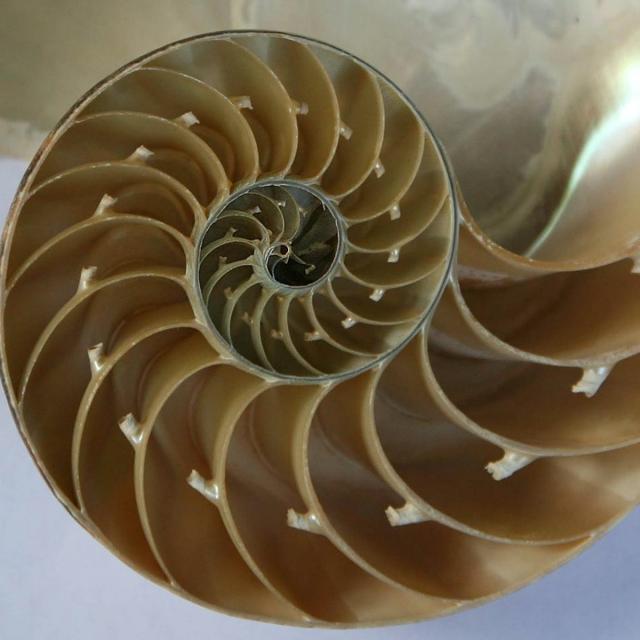MOOC List is learner-supported. When you buy through links on our site, we may earn an affiliate commission.

MOOC List is learner-supported. When you buy through links on our site, we may earn an affiliate commission.
This notion of accumulation can be applied to different quantities, including money, populations, weight, area, volume, and air pollutants. The concepts in this course apply to many other disciplines outside of traditional mathematics.
We will expand the notion of the average value of a data set to allow for infinite values, develop the formula for arclength and curvature, and derive formulas for velocity, acceleration, and areas between curves. Through examples and projects, we will apply the tools of this course to analyze and model real world data.
Course 3 of 4 in the Integral Calculus through Data and Modeling Specialization
Syllabus
WEEK 1
Average Value of a Function
In this module, we generalize the notion of the average value of a (finite) set of points. Did you ever wonder how we compute the average temperature during the day if infinitely many temperature readings are possible? Or how the average rainfall is calculated? The notions in this module will allow us to expand the idea of an average value to compute averages with (infinite) values over a continuous interval.
WEEK 2
Arc Length and Curvature
What do we mean by the arc length of a curve? We might think of fitting a piece of string to the curve and then measuring the string against a ruler. But this is difficult to do when working with a complicated curve. In this module we develop the precise notion of the length and curvature of an arc of a curve in both the xy plane and in space.
WEEK 3
Velocity and Acceleration
In this module, we show how the ideas of tangent and normal vectors can be used in physics to study the motion of an object, including its velocity and acceleration, but now we focus on curves in three dimensional space. The techniques developed here then allow us to study the rates of change for more advanced functions.
WEEK 4
Areas Between Curves
Finding the area between two curves is not just an interesting application of definite integrals from a geometric view, but when working with the appropriate functions, has applications in economics, business, and even medicine.
MOOC List is learner-supported. When you buy through links on our site, we may earn an affiliate commission.
MOOC List is learner-supported. When you buy through links on our site, we may earn an affiliate commission.
